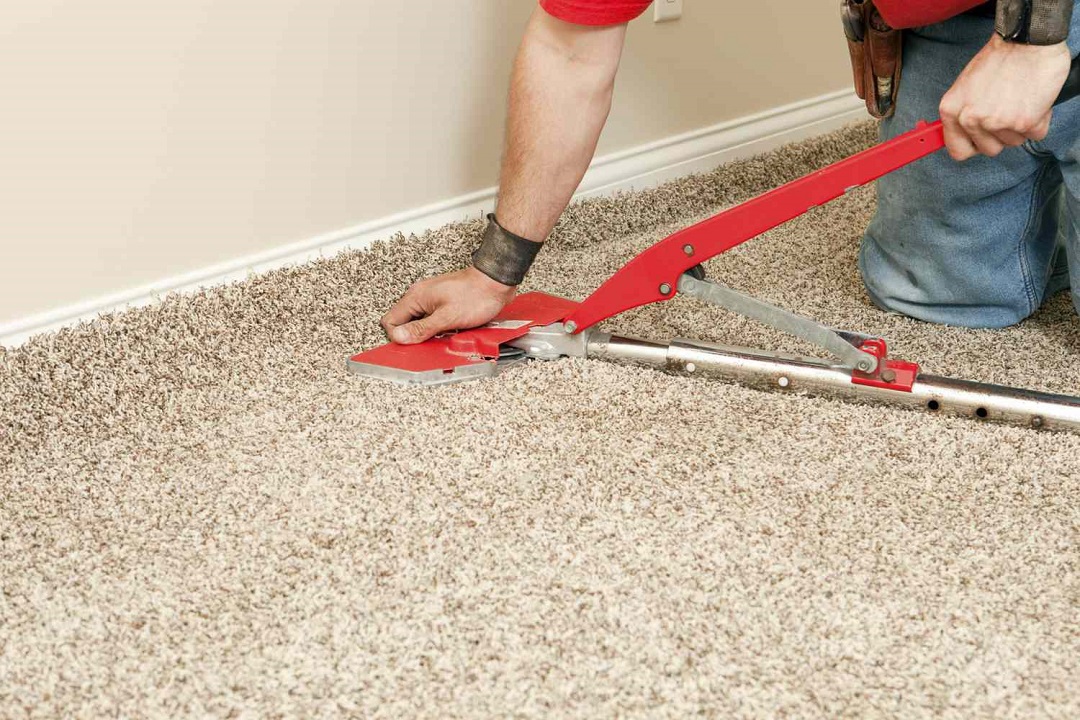When it comes to insulating a foundation, there are several methods available, each with its own benefits and considerations. Let’s explore some of the best ways to insulate a foundation.
Exterior Insulation:
Insulating the exterior of the foundation is often considered one of the most effective methods. This involves applying rigid foam insulation boards or spray foam insulation directly to the exterior surface of the foundation walls before backfilling. Exterior insulation helps to create a continuous thermal barrier, preventing heat loss through the foundation and reducing the risk of thermal bridging.
Interior Insulation:
Another option is to insulate the interior of the foundation walls. This can be done by framing stud walls against the interior surface of the foundation and filling the cavities with insulation batts or rigid foam boards. Interior insulation is typically more accessible for existing homes or structures where exterior insulation may not be feasible.
Insulated Concrete Forms (ICFs):
Insulated concrete forms are prefabricated forms made from foam insulation that are assembled to create the foundation walls. These forms provide built-in insulation and structural support, making them a popular choice for energy-efficient construction. ICFs offer excellent thermal performance and can help reduce heating and cooling costs.
Spray Foam Insulation:
Spray foam insulation can be applied directly to the interior or exterior surface of the foundation walls to provide a seamless and airtight insulation barrier. Closed-cell spray foam insulation is particularly effective for below-grade applications, as it provides both insulation and moisture resistance.
Insulating Skirting or Frost Walls:
For homes with crawl spaces or raised foundations, insulating the skirting or frost walls can help prevent heat loss and moisture intrusion. This can be done using rigid foam insulation panels or insulated concrete blocks installed around the perimeter of the foundation.
When choosing the best method for insulating a foundation, consider factors such as climate, building codes, moisture control, and budget. Consulting with a qualified insulation contractor or building professional can help determine the most suitable insulation solution for your specific needs.
FAQs (Frequently Asked Questions)
1. Is insulating a foundation worth it?
Yes, insulating a foundation is worth it for several reasons. Proper foundation insulation can improve energy efficiency, reduce heating and cooling costs, increase indoor comfort, and prevent moisture-related issues such as mold and mildew growth. It can also help extend the lifespan of the building and contribute to a healthier indoor environment.
2. How much does it cost to insulate a foundation?
The cost of insulating a foundation can vary depending on factors such as the size of the foundation, the chosen insulation method, and local labor and material costs. On average, homeowners can expect to pay anywhere from $5 to $15 per square foot for foundation insulation, including materials and installation.
3. Can I insulate my foundation myself?
While some foundation insulation projects can be DIY-friendly, others may require professional installation, especially if they involve complex techniques or specialized equipment. It’s essential to assess your skills, knowledge, and comfort level before attempting a DIY insulation project and to follow manufacturer recommendations and building codes carefully.
4. How long does foundation insulation last?
The lifespan of foundation insulation depends on factors such as the type of insulation material used, environmental conditions, and maintenance practices. In general, properly installed and maintained foundation insulation can last for decades, providing long-term energy savings and thermal performance.
5. Does foundation insulation require maintenance?
Foundation insulation typically requires minimal maintenance. However, it’s essential to monitor for signs of damage, deterioration, or pest infestation and address any issues promptly to prevent moisture problems or loss of insulation effectiveness. Inspecting the insulation regularly and ensuring proper drainage around the foundation can help maximize its lifespan and performance.





